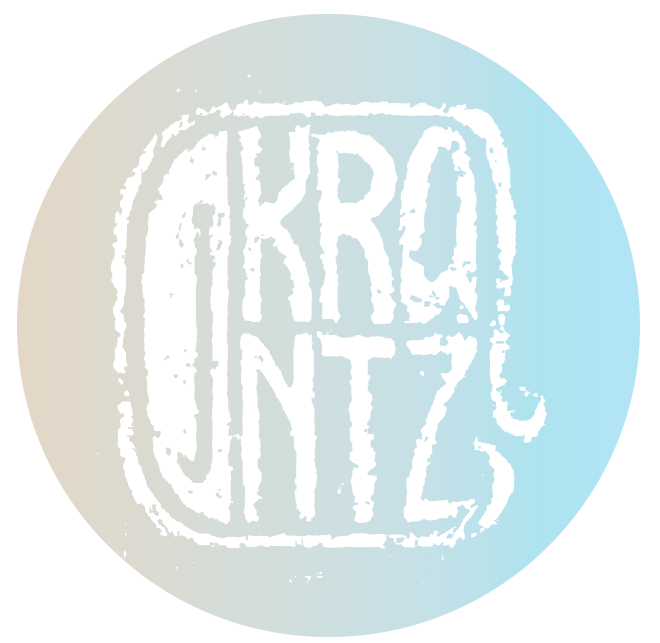Okay, so you've been painting for a while, finding your style, and you notice half the art crap you buy you never use, and others, tools and colours emerge as your loyal friends. Some seemingly unlikely, become lifelong friends.
5 Studio Life Hacks
1. Bluetooth headphones
These haven't been around for that long, but we've become fast friends. You have to wonder how many in-ear and out-ear headphones that have died in the name of art creation. I've killed a few dozen, not to mention the amount of times they've nearly killed me by tripping over their cords, or been strangled in the tangle of cords and jumpers. Or the times they killed the music when my iPod/iphone bungee-jumped into the loo in the defrocking process.
2. Sticky-roller
Dust, brush-hair, human hair, clothes lint and human lint… they're all on your paintings people! You can't get rid of all of it, but this ingenious sticky-roller, that you usually use to de-lint clothes, should be your go-to tool for extracting the nasties. It will quickly become your second-best friend in the studio. Use it between dry layers, and prior to varnish.
3. Correction Pen recycling
You could spend hundreds on re-fillable drafting pens, but for me, nothing beats the nib of a $2 correction pen for fine detail. To fill with your favourite ink, or fluid paint, you first need to get inside and clean out the white stuff (clean out with turps). That's not easy… I tried pliers, biting and all sorts to get the nib off. It turns out, canvas stretching pliers (the ones with the silicon rubber innards) will do the trick. What luck, huh?! You may already have some of those in the studio.
4. Neck-noodle
Especially handy in this polar vortex we Australians are suffering through right now ;) Luckily, I have experience painting in such extremes. It's a scarf, that you wear around your neck, but it doesn't have any ends! It's sewn up! No more dangling material in paint, and tripping over your clothes while you keep your neck warm. You laugh now, but that's because you don't have one yet!
5. Baby Oil
It's a wicked brush cleaner. There's something about the type of oil (it being made from a mineral oil) that bonds paint oil to regular detergent, and therefore allowing you to wash out with water rather than turps. It means you can use your brushes for oils and water-based paints in the same sitting.
So there you have it. 5 of my life hacks. Do you yourself have some? Something you do that's MacGyver-esque? It doesn't need to be art related. Feel free to drop a comment here on the blog. I'd love to hear from you, hacks or no hacks :)























